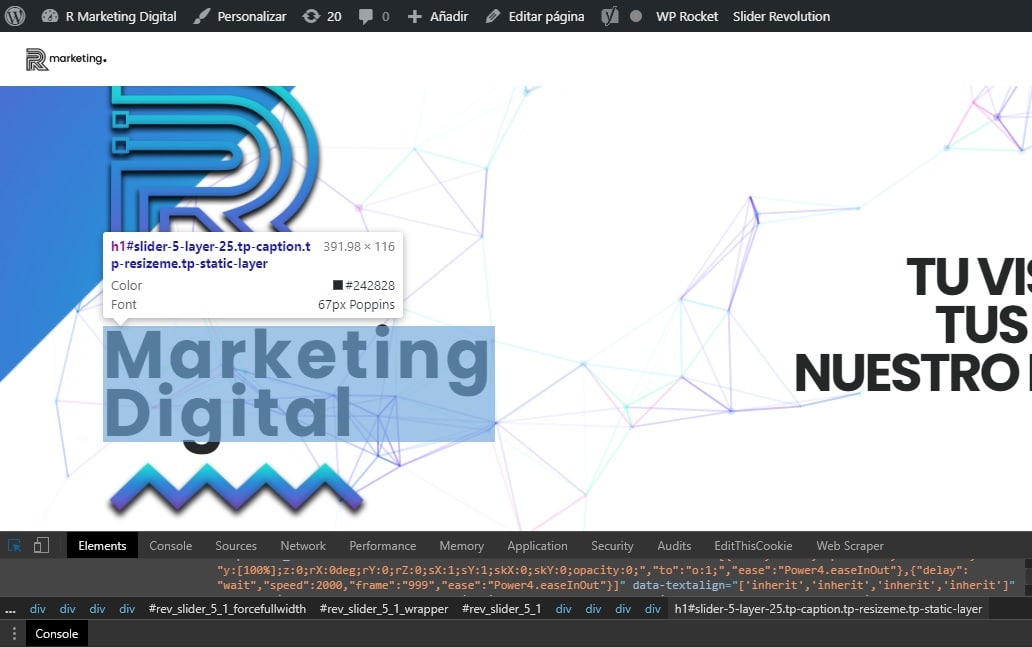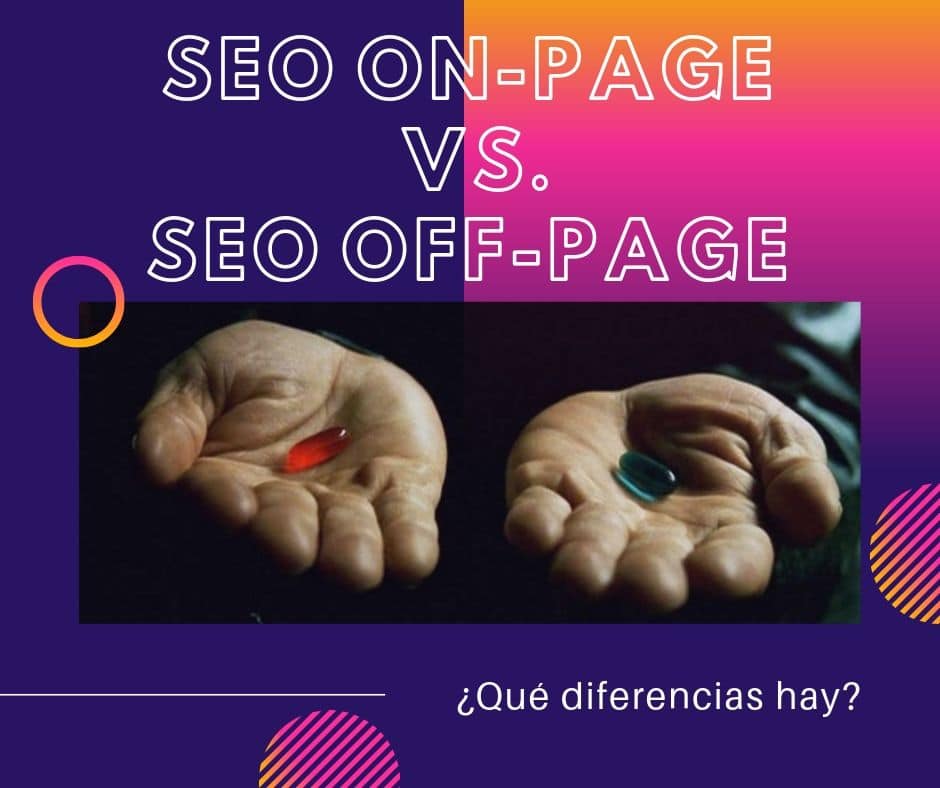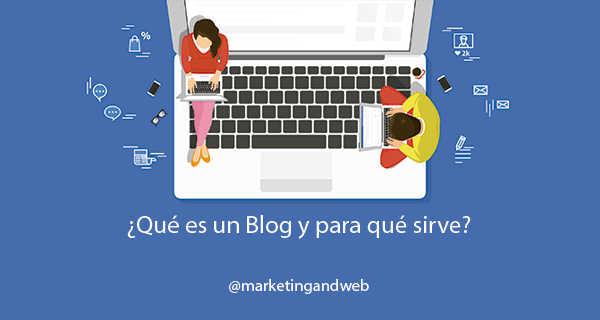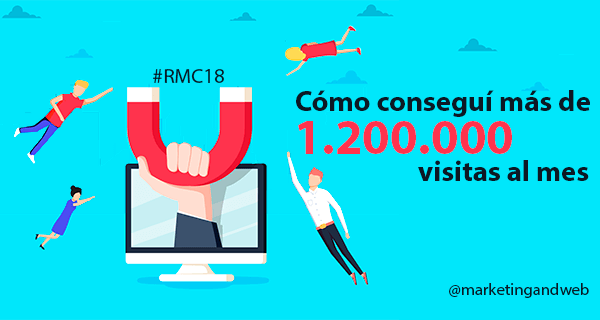For marketers who have been keeping an eye on the SEO landscape for a few years, you will know that Google has made several major changes to its search engine algorithms. Hasta ahora, ha habido Panda, Penguin, Hummingbird y Pigeon, así como numerosas actualizaciones 2.0, 3.0 y 4.0. Si perdiste el rastro de ese zoológico, no estás solo, y muchos especialistas en marketing se han pasado los últimos años pensando que si ingresas suficientes keywords en tu sitio Web, estarás bien. Sin embargo, eso no lo llevará exactamente a donde solía hacerlo hace 5 años, porque los algoritmos de hoy tienen más énfasis en optimize las páginas para el Username, no solo para los rastreadores de search engines.
Otro de los grandes problemas que ves con el SEO hoy en día es cómo los vendedores lo abordan. Si bien muchos especialistas en marketing consideran que todo lo relacionado con el SEO se encuentra dentro de un conjunto de actividades, en realidad hay dos ramas distintas que deben abordarse: el SEO dentro(on-page) y fuera de la página(off-page). Para que puedas comprender mejor cada una, aquí hay una descripción general y una explicación de algunas de las mejores prácticas:
What is on-page SEO?
Cuando piensa en las tácticas de optimización de motores de búsqueda más básicas, como usar palabras clave en su copia y optimizar la meta description, el código HTML, las etiquetas de título y las etiquetas alt, esa es la base del SEO en la página. El SEO en la página hace referencia a todas las medidas que se pueden tomar directamente dentro de su sitio web para mejorar su posición en los rankings de búsqueda. Esto incluye las tácticas básicas enumeradas anteriormente, pero también tiene en cuenta aspectos como la calidad general del contents, el rendimiento de la página y la estructura del contenido.
SEO factors on the page:
Keywords
While keywords are less important than they were a few years ago, keyword optimization is still a cornerstone of SEO today. That said, the focus has shifted to more long-tail keywords, which better fit the search patterns of today's internet users. Think about your audience and the keywords they are searching for, and try creating and optimizing your website content around those keywords.
Meta description

Una meta descripción es la breve descripción que aparece debajo de su Url en la página de resultados de un Search Engine y debajo de un título en una publicación social. Debe describir el contenido de esa página, pero lo más importante, asegúrese de incluir las palabras clave relevantes en esta área para que puedan ser recogidas por los rastreadores de motores de búsqueda. Intente mantener sus descripciones con menos de 300 caracteres para asegurarse de que su descripción completa se muestre en los resultados de búsqueda.
Alternative text
El texto alternativo se refiere a la palabra o frase que se puede atribuir a un archivo de imagen para ayudarlo a indexarse para la búsqueda. Si usas una infografía en tu web que describe algunos tips para arreglar una casa, por ejemplo, puede guardar el texto alternativo para esa imagen como «tips para arreglar casa», y ese gráfico comenzará a clasificarse para esa frase en Los resultados de la imagen.
Title tag

La etiqueta de título se refiere al título de su página web, o al encabezado principal que ve en las páginas de resultados del motor de búsqueda. La etiqueta del título en la foto de arriba es la Guía de supervivencia de SEO (etiqueta H1). Una vez más, esta es otra oportunidad crucial para incluir palabras clave relevantes y aumentar la capacidad de búsqueda de su página.
SSL / HTTPS

La seguridad de la página es más importante que nunca en 2018, y habilitar la tecnología de seguridad Secure Sockets Layer (SSL) es crucial para mejorar su seguridad, confiabilidad y visibilidad. Al habilitar SSL, aumenta la probabilidad de que un tercero no se interponga entre su server web y el servidor web de los visitantes, asegurando que la información ingresada en el sitio be segura. Del mismo modo, Google prefiere sitios habilitados para SSL, por lo que es esencial aumentar la visibilidad.
URL structure
In addition to the factors listed above, an organized URL structure is important to today's marketers as it enables search engines to crawl from page to page on your website more easily and makes navigation be more efficient for visitors. You want your URLs to contain keywords that reflect the pages they lead to, as easy-to-understand URLs are more likely to gain clicks and also help search engines crawl your site.
Aquí es donde las páginas de pilares entraron en juego más recientemente para los especialistas en marketing, con ciertas páginas en sitios web dedicadas a temas populares que sus posibles clientes están buscando, y vinculando todas las páginas relacionadas a ese pilar. Digamos que desea crear páginas de pilares dedicadas a aplicaciones de moldeo por inyección automotriz, médica y de consumo, por ejemplo. Con sus pilares identificados, puede adaptar su contenido y strategy de URL específicamente a esos pilares, vincular todo el contenido relacionado a la página principal de pilares y ayudarlo a aumentar su capacidad de búsqueda en esos temas.
Link interno
Hablando de enlaces internos, enlazar internamente páginas relacionadas en su sitio web es otro factor importante del SEO en la página. Vincular a diferentes páginas relevantes en su sitio hace que sea más fácil para los motores de búsqueda rastrear todo, y también mantiene a los visitantes interesados por más tiempo.
Page performance
Mientras que otros factores del SEO en la página tratan con la calidad y la estructura del contenido, el rendimiento de su sitio web y sus páginas también son un factor de clasificación en la página. Las páginas que tardan mucho en cargarse o que no se procesan correctamente en dispositivos móviles tendrán una clasificación más baja en las páginas de resultados del motor de búsqueda (SERP), ya que los usuarios se frustrarán, se irán y aumentarán la bounce rate. Los motores de búsqueda evalúan esto y lo usan como un factor clave de clasificación de páginas, por lo que es crucial para los especialistas en marketing considerar los tamaños de los archivos de imagen en sus páginas, reducir las redirecciones, mejorar la capacidad de respuesta móvil de su sitio y minimizar la cantidad de CSS / Javascript.
You may be interested >>> 31 Ways to improve the organic positioning of your website
What is off-page SEO?
While on-page SEO refers to factors that you can control on your own website, off-page SEO refers to page ranking factors that occur outside of your website, such as backlinks. from another site. It also includes your promotional methods, taking into account the amount of exposure something gets on social media, for example.
Off-page SEO factors:
Backlinks
El número y la calidad de los vínculos de entrantes que tiene en su sitio es, sin duda, el factor más importante del SEO fuera de la página. Cuantos más sitios se vinculen con su contenido, más autoridad de domain otorgará Google a su sitio, lo que aumentará su clasificación. Esto ha llevado a los especialistas en marketing a probar tácticas de construcción de enlaces de pago cuestionables, pero hay varios enfoques orgánicos que puede adoptar que producen resultados efectivos, como los blogs invitados, aparecer en publicaciones comerciales de la industria y buscar contactos en la industria. feliz de compartir tu contenido
Domain authority
Measured on a scale of 1 to 100, your domain authority is a number that search engines give you to determine the strength of your website. Think of it as a rating, essentially. Websites with a higher domain authority receive preference in search results, while websites with a lower domain authority are more likely to rank lower. Domain authority is measured by a few different factors, including how long you've had your domain name (the longer the better), the history of the domain name, the number of backlinks, and the number of 404 pages. By ensuring you have a technically sound website that follows the SEO best practices , you can maximize the authority of your domain and improve its ranking.
Social promotion
Si bien el ranking de la página no está directamente relacionado con las interacciones en una publicación de redes sociales, las publicaciones sociales que generan muchos clics ciertamente ayudarán a aumentar el traffic al sitio y generar un montón de enlaces compartidos.
On-page and off-page SEO work together to improve search engine rankings. By working on what you can control today, producing quality content that supports high-quality on-page SEO, you'll be on your way to getting backlinks, improving your domain authority, and controlling your off-page SEO. .




![SEO Guide for WordPress + SEO Tutorial for Ecommerce [SEO On Page Video Tutorial]](https://rmarketingdigital.com/wp-content/uploads/2020/11/guia-seo-para-wordpress-4887479-e1620380188678-600x294.png)


